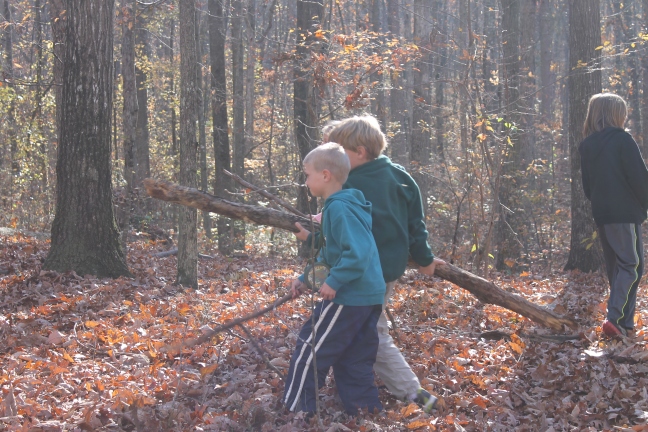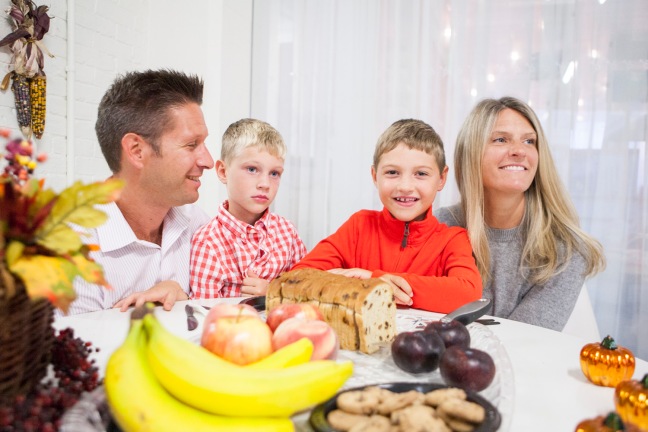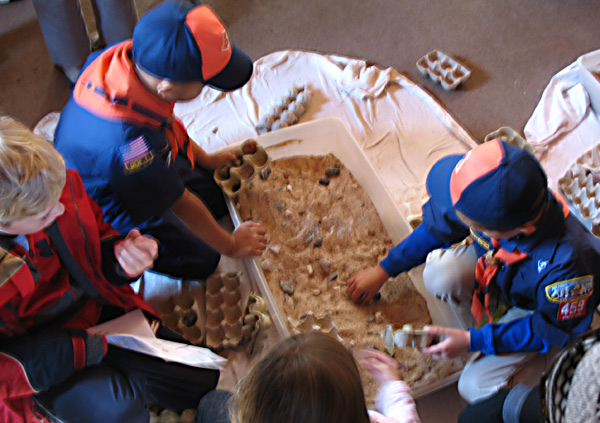Need a camp for your middle or high school student? Georgia has some great options for older kids and teens looking to enter a science or outdoor-related career, and some may even look great on a college application — or earn them a scholarship.
Billy Lancaster Forestry Youth Camp – This is an excellent opportunity for middle school students (rising 7th and 8th) graders to attend a 4-day overnight camp for only $40 – but they need to be nominated by their middle school (usually only one student per school). If your child would be interested in learning more about Georgia’s forests, with topics including wildlife, forestry, and natural resources, reach out to their guidance counselor or science teacher by March to ask if they’ve received information on nominating a student.
Exploring Environmental Sciences Camp, Summer Academy UGA – Students aged 11-14 can start making the transition from playing outside to learning about fields of study in the environmental sciences at this camp offered at the UGA Athens campus (day and overnight options available). Hands-on projects led by experts in herpetology, horticulture, conservation, botany and aquatic ecology will introduce them to careers in these areas — while still having fun and even getting wet during the aquatic sampling activity. Financial assistance available, but apply early.
Natural Resources Conservation Workshop, Abraham Baldwin Agricultural Workshop, Tifton, GA – Gives rising 10th, 11th and 12th graders a great introduction to college life, with indoor instruction led by professors in college classrooms… AND a chance to earn a portion of the $17,000 in scholarships awarded during the workshop. Outdoor activities abound, too, including fishing, archery and an introduction to conservation of Georgia’s wildlife, forestry, soil, and water resources. A bus service is also available to help bring students in from surrounding areas. Early bird rate of $150 if you register before May 1, and financial assistance may also be available.
Camp TALON (Teen Adventures Learning Ornithology and Nature) – Camp TALON is a five-day camp, June 4-9, 2016, for teens aged 12-16 interested in birds and nature. Participants get a chance to experience birding on Little St. Simons Island, Wassaw Island NWR, Sapelo Island, Harris Neck NWR, Jekyll Island, Altamaha WMA, and St. Simons Island. Limited to 16 students. Older students may be eligible. Early registration is $300 February 16 – April 30. Registration rate May 1–16 is $350. (A nonrefundable $100 deposit must be included with registration).
Camp ACE (Adventures in Conservation Education) – An overnight middle school camp for just $100, thanks to a grant from The Environmental Resources Network! Accordingly, space is limited to 20 students, so apply early. Participants will spend five days immersed in Georgia wildlife via hands-on activities and day trips including birding in Piedmont National Wildlife Refuge, canoeing in Bond Swamp, mist-netting bats at Oconee National Forest, and exploring bogs at Ohoopee Dunes. Also, they will spend time learning to shoot shotguns, hiking to a rock outcrop and studying streams with fisheries biologists. July 18-22, 2016 (Mon. 1 p.m. – Fri. 12:30 p.m.).







